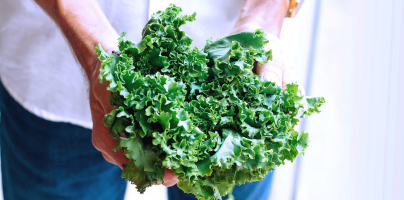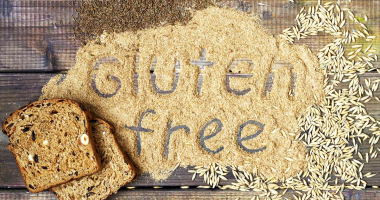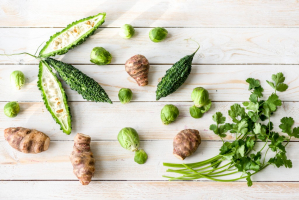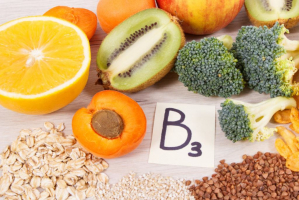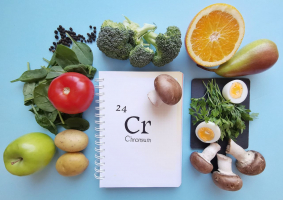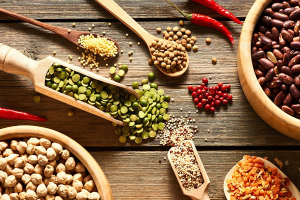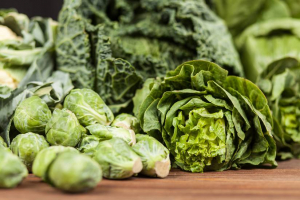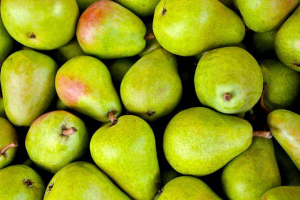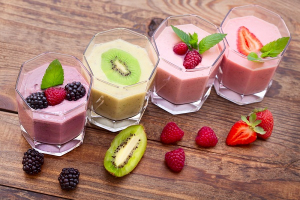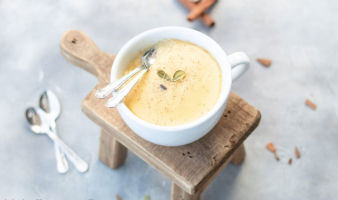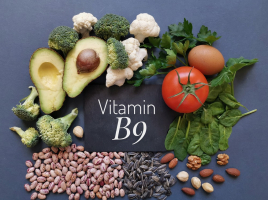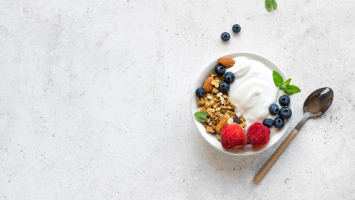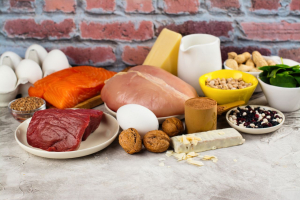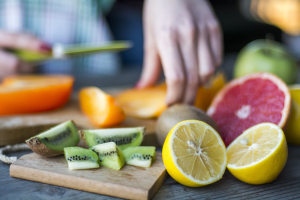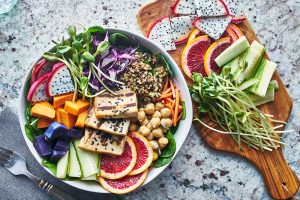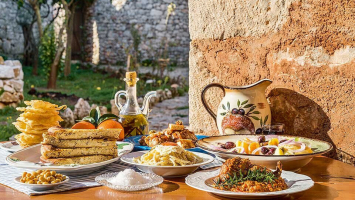Top 13 Best Greek Foods That Are Super Healthy
Greeks have a history of living longer and experiencing fewer chronic illnesses than the rest of the globe. Their diet, which is rich in fish, fruits, ... read more...vegetables, grains, legumes, and good fats, is probably to blame for this. According to research, eating a Mediterranean-style diet can lower your risk of heart disease, stroke, diabetes, obesity, and early mortality. The healthiest traditional Greek cuisine is covered in this article.
-
A common spread or dip in the Mediterranean and the Middle East is hummus. It has been consumed for countless years; in fact, hummus was mentioned by Plato and Socrates in their writings. Typically, tahini (ground sesame seeds), olive oil, lemon juice, and chickpeas are combined to make it. Hummus is not only scrumptious but also quite nourishing. Eating hummus may benefit heart health, blood sugar regulation, and weight management, according to recent studies.
This is large because chickpeas, also known as garbanzo beans, are one of its key ingredients. They are a great source of fiber and protein. Olive oil and tahini, two heart-healthy lipids, are also included in hummus. The Mediterranean diet and Greek cuisine both depend heavily on olive oil. It has been connected to several health advantages, including reduced inflammation, improved brain health, defense against heart disease and stroke, and the capacity to aid in the battle against cancer. Hummus can be eaten with pita bread or crackers, or as a topping for fresh veggies and fresh vegetables.
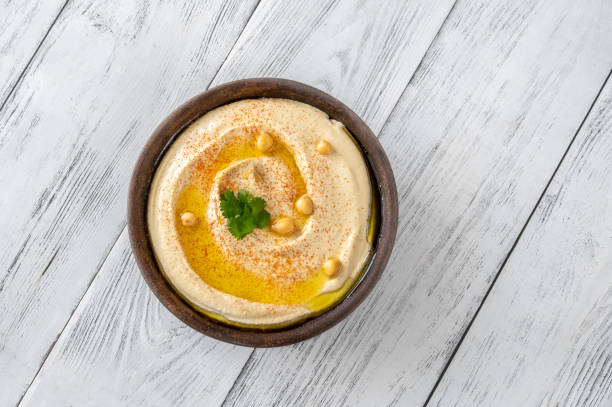
Hummus 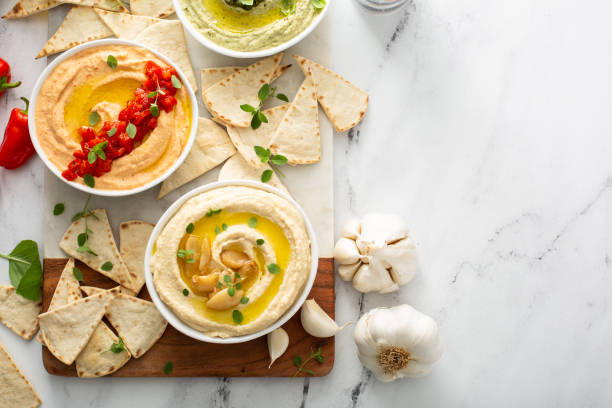
Hummus -
Greek for "eggplant salad", melitzanosalata really refers to a dip. To make it, roast eggplants are blended or mashed with olive oil, garlic, and lemon juice. The Middle Eastern delicacy baba ghanoush, which is comparable to this, is also similar. In addition to fiber, eggplants are a wonderful source of antioxidants, which prevent the harm done by free radicals. Free radicals are produced in the body as well as in the environment. They have been connected to cell damage that results in aging, cancer, and chronic illness.
Nasunin is a potent antioxidant found in eggplants. According to research, nasunin can lower free radicals and safeguard the health of the brain. The dip also has garlic and lemon juice flavoring. Both of these are often used in Greek cuisine and have their own health advantages. For instance, lemons are rich in heart-healthy vitamin C and may help avoid kidney stones, while garlic can strengthen the immune system and help prevent heart disease. Typically, melitzanosalata is offered as an appetizer with bread and veggies for dipping. Additionally, you may spread it on sandwiches.
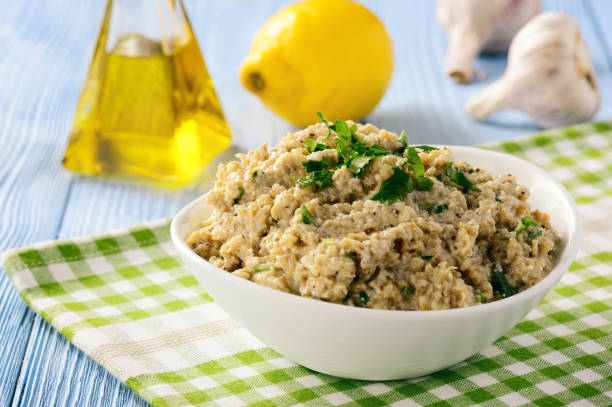
Melitzanosalata 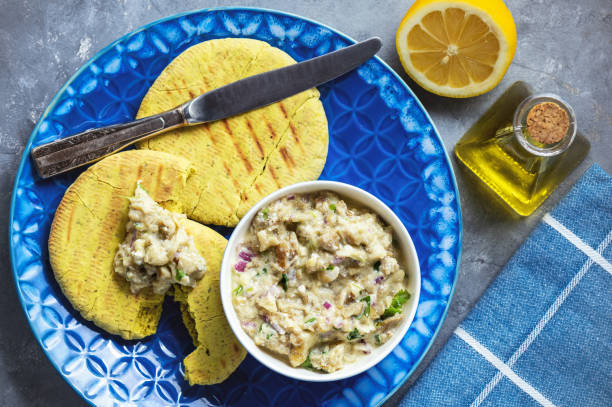
Melitzanosalata -
Another well-known spread and dip used in Greek cuisine is tzatziki. Despite being very creamy, it has a very low-calorie content—2 tablespoons have just 35 calories. Greek yogurt, cucumbers, and olive oil are used to make tzatziki. Compared to conventional yogurt, greek yogurt is creamier and thicker. This is the result of straining the yogurt to get rid of the watery whey. In the past, Greeks strained yogurt to remove excess water and stop it from going bad.
Greek yogurt may be strained to increase protein content while lowering lactose concentration. The amount of protein in just 3.5 ounces (100 grams) is 10 grams. One of the most crucial nutrients for weight loss is protein. It can support weight loss, control hunger hormones, and boost metabolism. Pita bread is frequently served with tzatziki as a dip. You may also add it to grilled meats for a dinner that is strong in protein.
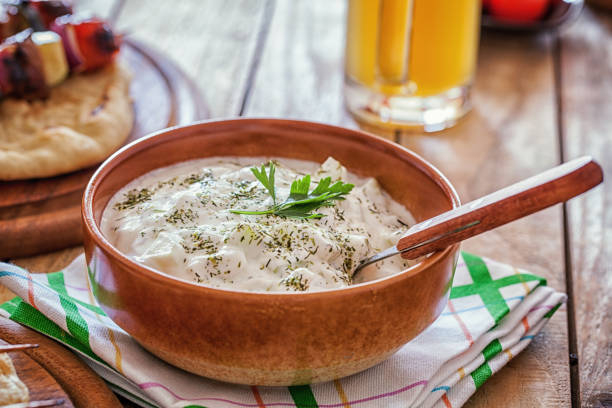
Tzatziki 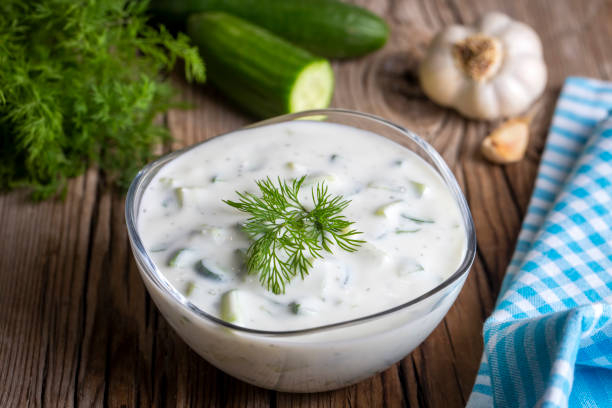
Tzatziki -
Dolmades, which are filled with grape leaves, can be eaten as a starter or as a main course. Usually made of rice, herbs, and occasionally meat, they are filled. Their fat and calorie counts might change depending on the filling. Overall, grape leaves are high in fiber and low in calories. Additionally, they contain significant levels of vitamins K and A. Additionally, they contain a significant amount of antioxidants. In fact, studies indicate that the antioxidant activity of grape leaves is ten times more than that of grape juice or pulp. Red grape leaves may also help persons with chronic venous insufficiency, a disease in which blood has trouble moving through the veins, by improving blood circulation.
Spices and herbs are used to flavor dolmades. Greek cuisine uses a lot of herbs and spices, which also have numerous health advantages. For instance, parsley and dill are included in several dolmades recipes. Dill is thought to be a strong source of antioxidants and may inhibit the growth of bacteria and fungi that cause illness. Additionally, it could enhance gut health. Additionally, parsley is a fantastic source of vitamin K. Over 100% of your daily vitamin K needs are met by just 5 sprigs. In addition to promoting blood clotting, vitamin K also benefits bone and heart health.
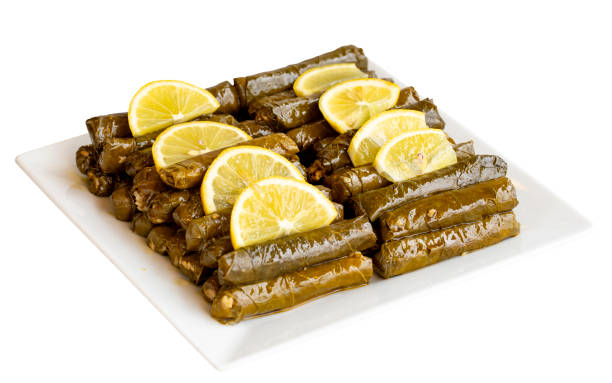
Dolmades 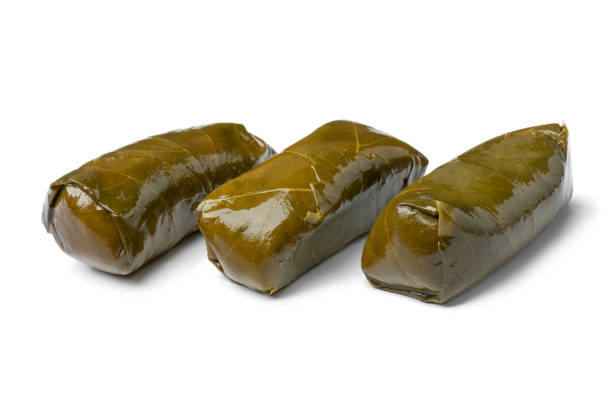
Dolmades -
Large white beans are Gigantes. They are aptly called after the Greek word meaning huge, while "plaki" refers to a meal with vegetables roasted in the oven. The recipe appropriately describes Gigante beans cooked in tomato sauce. People frequently substitute lima beans or other large white beans for Gigante beans since they might be difficult to locate. White beans are quite nourishing. In actuality, all beans are incredibly nutrient-dense, and many are often eaten in Greece. For vegetarians, beans are a fantastic and crucial source of protein.
Due to their rich fiber and protein content, they are also excellent for weight loss. Additionally, studies suggest that those who consume more beans have a decreased chance of developing heart disease. Beans have also been linked to improved diabetes and blood sugar management.
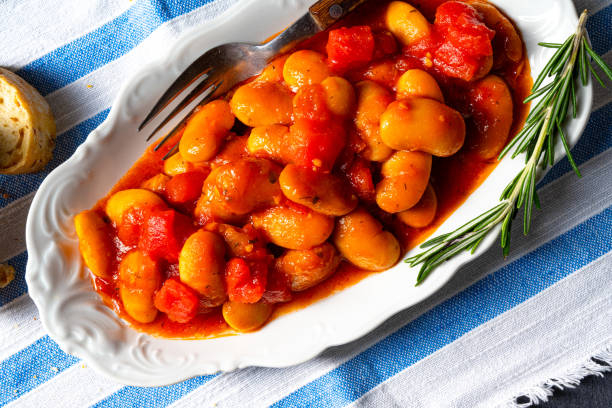
Gigantes plaki 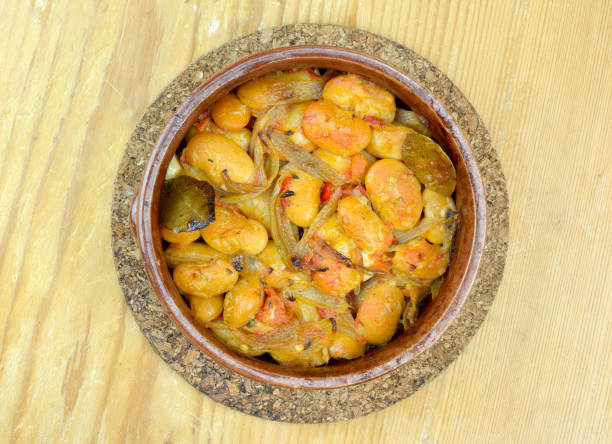
Gigantes plaki -
A typical Greek soup is avgolemono. Usually, it's cooked with chicken, rice or orzo pasta, eggs, and lemon. It can be compared to the Greek soup known as chicken noodles. For hundreds of years, chicken soup has been advocated as a remedy for the flu and colds. It's interesting to note that some studies suggest chicken soup may not only help ease cold and flu symptoms, but may also play a role in preventing them. A prior study discovered that chicken soup was the most effective in treating a stuffy nose, even though hot water was more effective than cold water. The study, however, was unable to determine what in the soup caused this.
A different, more recent study discovered that the flu's early stages can be warded off by carnosine, a substance present in chicken soup. However, it soon breaks down, so the impact is just fleeting. Avgolemono has the ability to strengthen the immune system, as well as being strong in protein from chicken and eggs and low in calories. Traditional avgolemono soup has 245 calories and 27 grams of protein per cup. But because it can contain a lot of sodium, salt-sensitive people might not want to eat it.
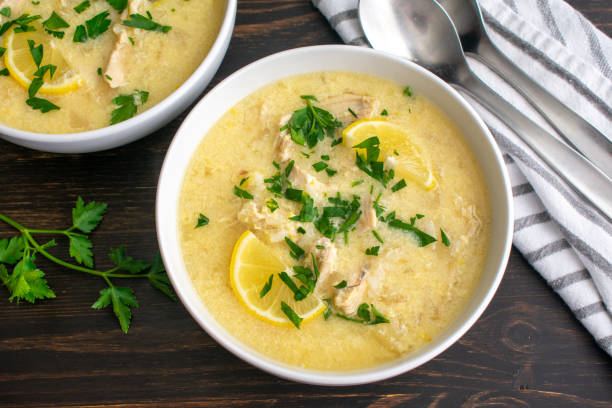
Avgolemono 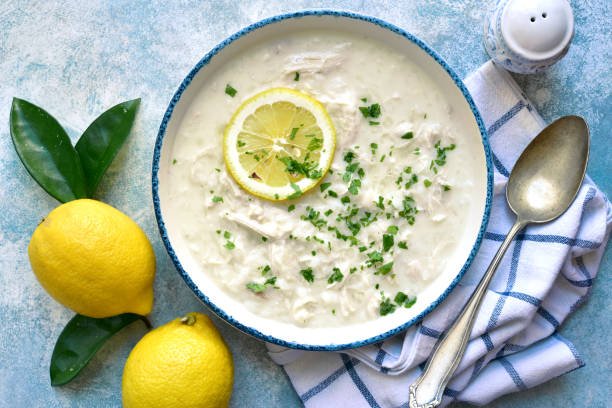
Avgolemono -
Lentil soup is fakes soupa. It is a mainstay of Greek cuisine and may be cooked with or without tomatoes. It's a top-notch fiber and protein source. 18 grams of protein and 16 grams of fiber may be found in just one cup of lentils. These potent legumes are well-liked in the Mediterranean region and are high in vitamins and minerals. Here are the nutrients included in one cup of cooked lentils:
- Folate: 358 mcg (90% of the daily value, or DV)
- Manganese: 978 mcg (43% of the DV)
- Iron: 6.6 mg (37% of the DV)
- Vitamin B1: 335 mcg (28% of the DV)
- Zinc: 2.52 mg (23% of the DV)
Given that vegetarian diets are frequently lacking in iron, protein, and zinc, these components make fake soupa an ideal cuisine for vegetarians. Lentils may also help prevent cancer, regulate blood sugar, decrease cholesterol, and improve blood pressure, according to a study.
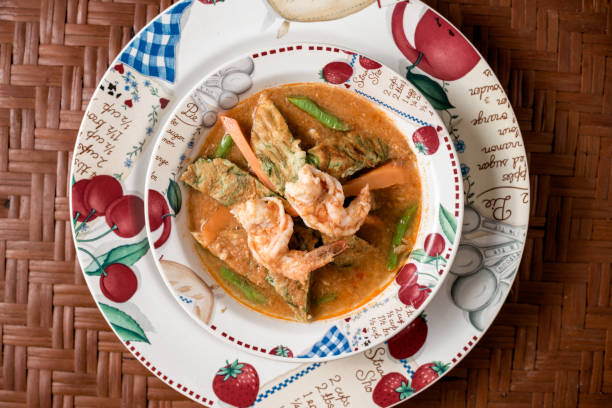
Fakes soupa 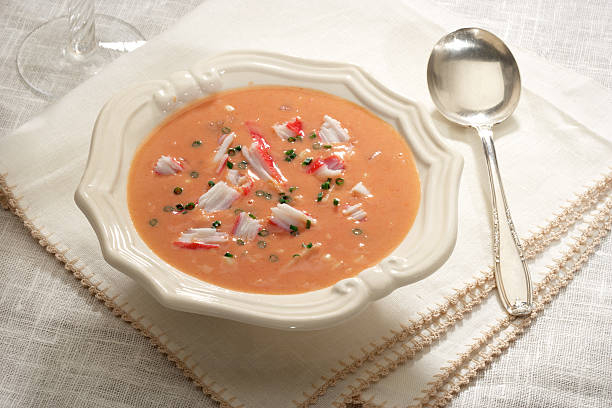
Fakes soupa -
One of the most well-known Greek dishes is souvlaki, which consists of tiny, grilled chunks of meat on a skewer. Nearly all Greek restaurants throughout the world serve it, and souvlatzidiko, or souvlaki stores, are located all over Greece. Typically, hog, chicken, lamb, or beef are used to make souvlaki. Though it used to solely be eaten with meat, nowadays it's frequently served with veggies like a kabob.
Protein, iron, and B vitamins are just a few of the nutrients found in meat. Furthermore, beef contains all nine necessary amino acids, making it a complete protein. Protein-rich diets have been demonstrated to aid in weight reduction and satiety. Additionally, eating meat is linked to more muscle mass, which is crucial for older persons. Fast-food Greek restaurants now frequently provide souvlaki along with fries and pitas. For a dinner that is healthier, consider eating a salad.
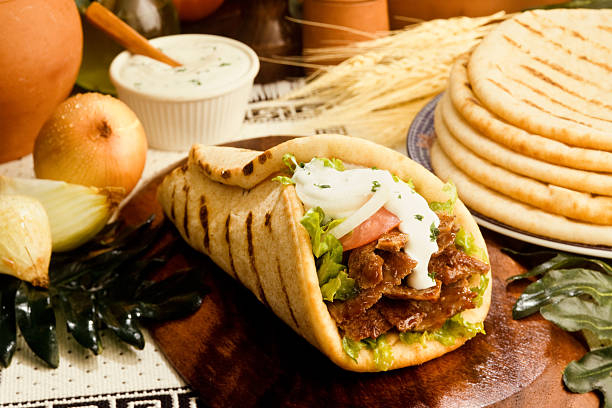
Souvlaki 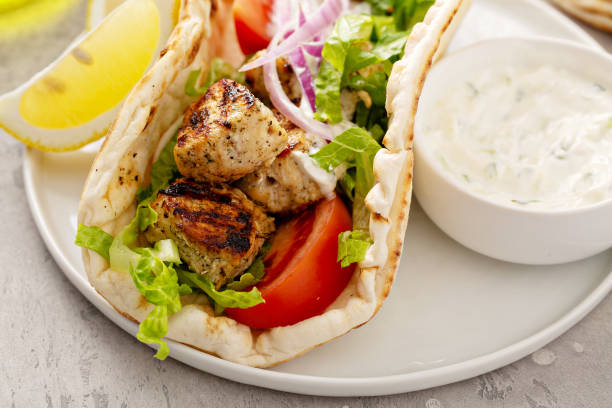
Souvlaki -
Traditional Greek appetizers like saganaki shrimp are delectable and heart-healthy. It is often served in a heavy-bottomed frying pan called a saganaki pan in Greece and contains shrimp in a flavorful tomato sauce. Greek and Mediterranean cuisines heavily emphasize the consumption of shrimp and other shellfish. Additionally, they are quite nutritious. Shrimp has relatively little fat and a lot of protein. 18 grams of protein and just 1 gram of fat are included in a 3-ounce (85-gram) meal. It also delivers roughly 50% of the selenium you need each day. Prostate cancer risk may be decreased and inflammation may be reduced by selenium.
Despite the fact that shrimp has a lot of dietary cholesterol, most people's blood cholesterol is not significantly affected by dietary cholesterol, according to a study. The other primary element in this recipe is tomatoes. They include plenty of antioxidants, such as lycopene and vitamin C. The potent antioxidant lycopene is responsible for the red color of tomatoes. It has been connected to a decreased risk of cancer and heart disease. Greece has reduced the incidence of heart disease, cancer, and early mortality since tomatoes are a common food there.
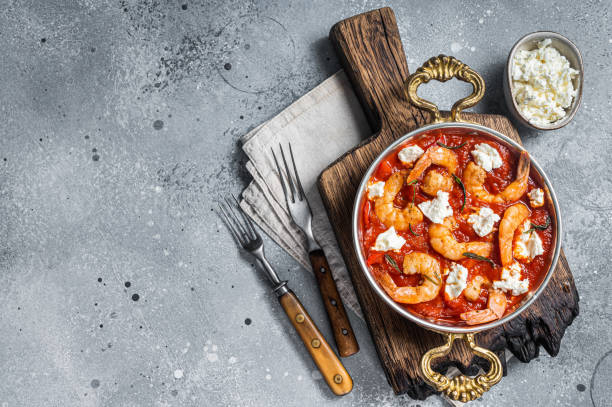
Saganaki shrimp 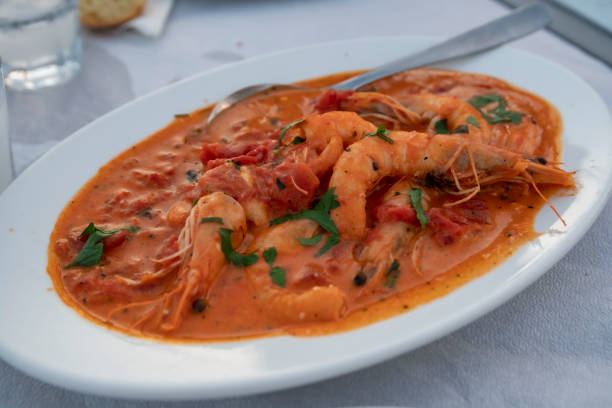
Saganaki shrimp -
Greek and Mediterranean cuisines rely heavily on fish. Numerous health advantages, including a lower risk of heart disease, have been frequently linked to high intakes of fish, particularly fatty fish. One of the most popular fish dishes in Greece is sardines. These little, fatty fish are one of the healthiest things you can consume in addition to being delectable. They actually provide a lot of EPA and DHA. These particular omega-3 fatty acid types have been associated with a number of positive health effects. In actuality, 473 mg of EPA and 509 mg of DHA are present in 3.5 ounces (100 grams) of sardines.
DHA is essential for maintaining brain health. It not only supports healthy brain aging but also healthy brain growth in newborns. In addition to healthy fats, 3.5 ounces (100 grams) provide the following:
- Protein: 25 grams
- Vitamin B12: 8.94 mcg (373% of the DV)
- Selenium: 5.3 mcg (96% of the DV)
- Vitamin D: 4.8 mcg (24% of the DV)
- Calcium: 29.4 mg (29% of the DV)
Due to the high levels of protein, calcium, and vitamin D they contain, sardines are also beneficial for your bones. Even though there are several ways to consume them, they are frequently baked with olive oil, lemons, and spices.
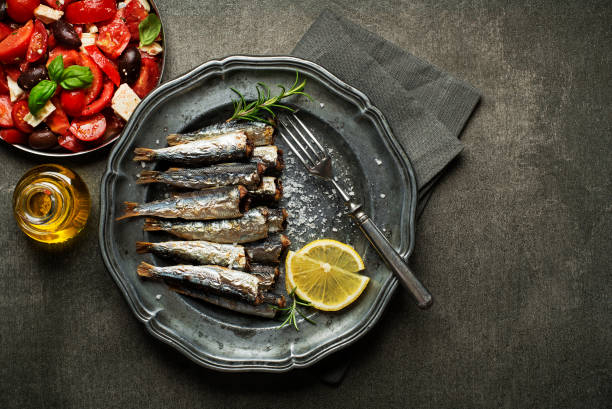
Baked sardines 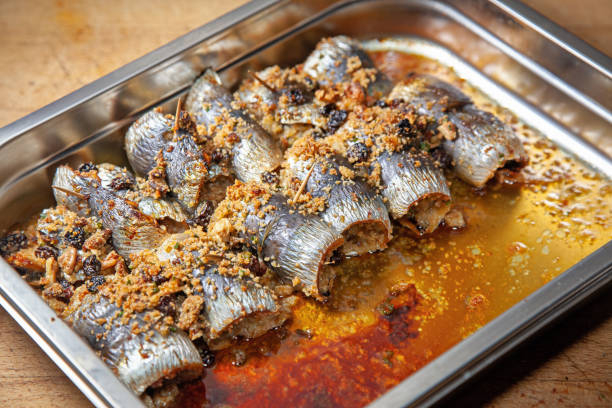
Baked sardines -
This meal is just a peasant's salad because the Greek term "horiatiki" means "villager". Typically, tomatoes, onions, cucumbers, olives, and feta are used in its preparation. After that, it is seasoned with vinegar and olive oil. These items are all classics in Greek cuisine and are rich in nutrition. The salad is high in fiber since it contains veggies. Vitamins C, K, and potassium are just a few of the nutrients and antioxidants found in vegetables.
Healthy monounsaturated fats are found in both olives and olive oil. These fats may lessen inflammation and lower your risk of heart attack and stroke. Greek cuisine also includes the cheese known as feta, which is sprinkled over the salad. Milk from sheep or goats is used to make feta. Because it contains a lot of calcium, protein, and phosphorus, it is beneficial for your bones. In actuality, it has a higher calcium content than most other cheeses.
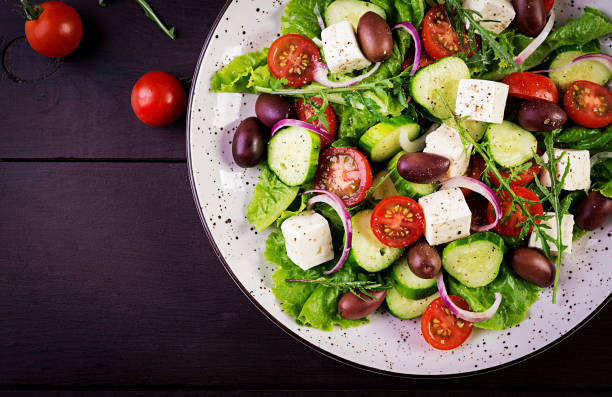
Horiatiki Salad 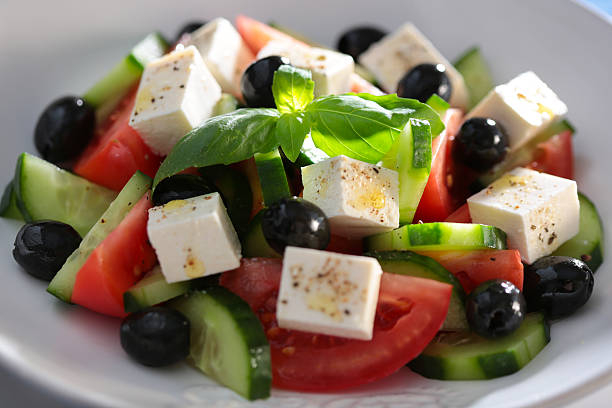
Horiatiki Salad -
Traditional accompaniments to the spinach and rice meal spanakorizo include lemon, feta, and olive oil. It may be used as a side dish or a main course. One of the veggies with the highest nutritious content is spinach. The following nutrients are included in one cup (30 grams):
- Vitamin A: 469 mcg (52% of the DV)
- Vitamin C: 28.1 mg (31% of the DV)
- Vitamin K: 483 mcg (403% of the DV)
- Folate: 194 mcg (49% of the DV)
- Potassium: 558 mg (12% of the DV)
- Iron: 2.7 mg (15% of the DV)
Additionally, spinach has a lot of antioxidants that protect cells from oxidative stress and combat free radicals. For instance, it has quercetin, which prevents infection and inflammation, and lutein and zeaxanthin, which enhance eye health. Numerous B vitamins and minerals, including manganese, selenium, and iron, are also abundant in rice. But unlike iron from meat, iron from plant sources like rice and spinach is not as easily absorbed by the body. But this meal has lemon in it, which could be helpful. According to an earlier study, the citric acid and vitamin C in lemons help with the food's ability to absorb iron. A more recent study is required on this topic.
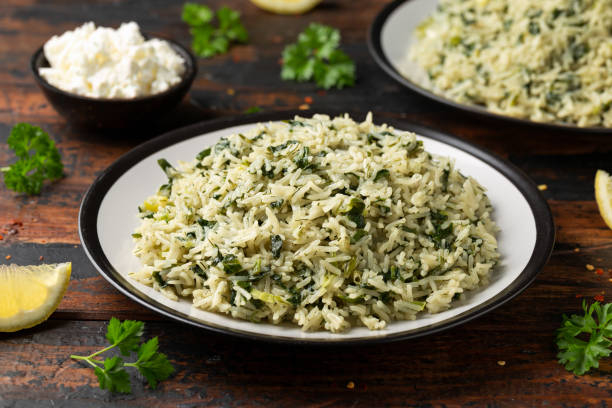
Spanakorizo 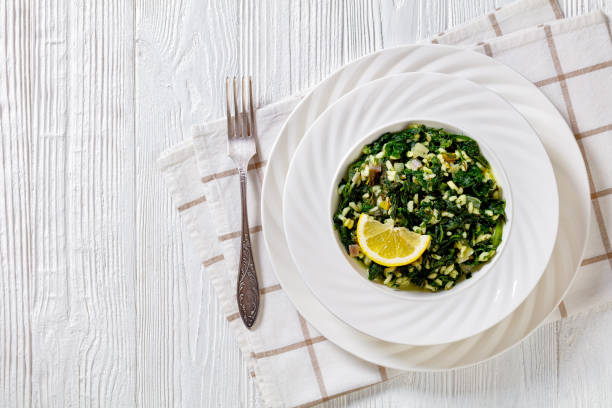
Spanakorizo -
Greek homes frequently eat boiled greens, which are known as "horta vrasta" in Greek. Typically, lemon juice and olive oil are used to garnish the meal. In the past, wild greens were used in Greece. Greens are often eaten across the Mediterranean region, and a high intake of them is an essential but sometimes ignored aspect of the Mediterranean diet. The majority of wild greens are incredibly strong in antioxidants. According to one research, several wild greens had higher antioxidant levels than blueberries.
According to research, they retain antioxidants better when cooked than other meals, even if part of their antioxidant content would be lost throughout the process. Since nearly any leafy green vegetable may be used, you can still enjoy this dish even if you do not reside in the Mediterranean region. Endive, dandelion greens, spinach, mustard greens, or chicory are some examples of common greens. All leafy greens are high in fiber and vitamin K while being low in calories, however, the precise nutritional content may vary depending on the type of greens you choose. Furthermore, nitrates in the diet may be found in good amounts in all leafy green vegetables. A diet high in nitrates from vegetables has been linked to reduced blood pressure and a lower risk of glaucoma, according to recent research.
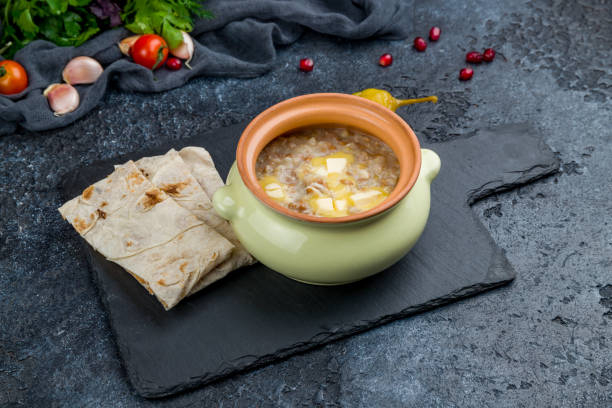
Horta vrasta 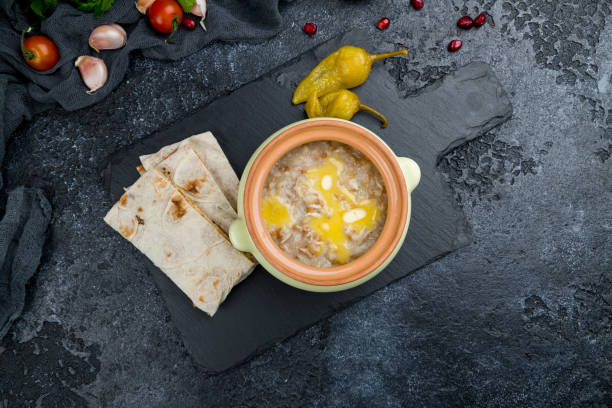
Horta vrasta















